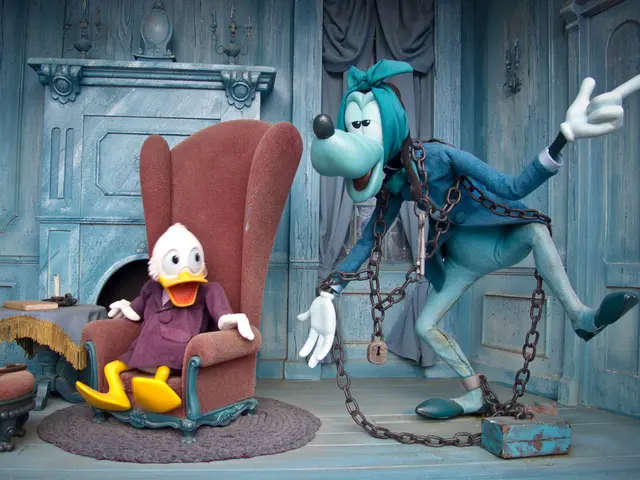Exploring Stereotypical Characters: Function and Iconic Instances
A writer's toolkit isn't complete without stock characters, which have been around for ages, providing us with familiar faces in our favorite stories. From the damsel in distress to the loveable rogue, these characters resonate with audiences and help us understand the story's genre and themes.
Origins of stock characters can be traced back to ancient times, with Greek and Roman comedies featuring characters like the senex (grumpy old man) and the miles gloriosus (boastful soldier). In literature, the hero and villain have been staples since the Middle Ages, evolving with each era. Shakespeare, for one, used stock characters like the fool and tragic hero in his plays.
In modern media, stock characters continue to be ubiquitous. In novels, stock characters can help quickly establish character roles, with authors adding depth to make them captivating. Movies and TV shows often rely on stock characters to create familiar narrative frameworks. In film, characters like the wise old mentor provide guidance to the protagonist, while the chosen one is common in shows like The Matrix. In theater, stock characters are useful for quickly conveying roles, with the chorus serving as a narrator and commentator in Greek tragedy.
Overuse of stock characters without adding nuance can lead to clichés. Modern storytelling, however, tends to subvert or add depth to these characters, making them more original and engaging. It's all about balancing the familiar with the unique to keep narratives fresh.
From thesenex to the tragedian, stock characters have been essential in storytelling throughout history. They provide a quick way to establish character roles and narratives, but their effectiveness relies on how they're developed and evolved within a story. As writers, it's crucial to use them creatively and reinvent the wheel of stock characters, combining and reinvigorating the characters that came before.
References:
- Loukides, P. and Fuller, L.K. (1990) Beyond the stars: Stock characters in American popular film. Bowling Green, OH: Bowling Green University Popular Press.
- J. O. Bartley. "The Development of a Stock Character I. The Stage Irishman to 1800." The Modern Language Review, vol. 37, no. 4, 1942, pp. 438-47. JSTOR. Accessed October 13, 2023.
- Silverblatt, A. (2015) Genre in Mass Media: A Handbook. Armonk, NY. M.E. Sharpe Inc.
- Avins, A. (2001) Aspects of Greek tragedies. Jefferson, NC: McFarland.
Lifestyle magazines often feature articles analyzing the role of entertainment in modern storytelling, highlighting the continued use of stock characters in literature, film, and theater. For instance, the chorus in Greek tragedy can be seen as a form of entertainment, providing commentary and insight into the story's themes.
In exploring the development of stock characters, scholars often look to literature and theater as a means of entertainment, shedding light on the evolution of these characters from ancient times to today. For example, Shakespeare's use of stock characters like the fool and tragic hero offers valuable insights into the historical origins of stock character roles.







